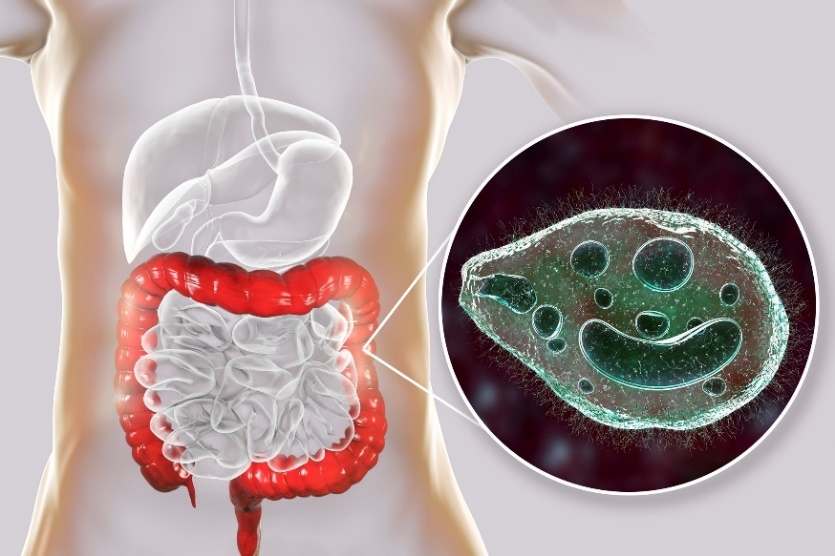Balantidiosis is the name of the disease that originates from the causative agent of the disease, the parasite Balantidium coli. It is a rare disease with a worldwide distribution, which mainly affects the human large intestine.
The characteristics of the disease, symptoms, diagnosis, current treatment options and many other interesting information can be found in this article.
A rare infectious disease caused by a parasite, a special protozoan called the intestinal fluke - Balantidium coli. It is an intestinal infection that affects the large intestine, causing an inflammatory process and the formation of specific deep ulcers.
If balantidiasis is left untreated, there is a risk of gastrointestinal bleeding, rupture (perforation) of the intestine and peritonitis.
Balantidium coli has two basic forms - a non-infectious motile form and a highly infectious non-mobile form affecting the colon.
The non-infectious form, called the trophozoite, is the motile, oval to ovoid-shaped stage of the protozoan. In contrast, the more dangerous infectious form of the funnel cyst is the non-mobile, characteristically round-shaped form, also called the cyst form.
When the intestinal pox enters the human body, it establishes itself in the large intestine in the digestive tract. It produces toxic substances for the body, which affects the development of health problems - especially those of digestion and excretion.
The protozoan invades the human colon and the resulting cysts cause an inflammatory process in the colon, bleeding and, at a later stage, the gradual formation of deep ulcers in the area.
Important substances are removed from the individual's digestive tract, such as sugars, fats, proteins and important vitamins and minerals.
Balantidium coli can cause the secretion of toxins that irritate the intestinal tract and the inner intestinal wall. The consequence is a reduced absorptive (absorption) capacity of the digestive tract - and therefore a reduced function of absorbing the necessary nutrients into the body.
Typical symptoms are diarrhea and stools with a mixture of blood and mucus.
The course of balantidiasis is particularly severe in people with weakened immune systems (for example, individuals affected by HIV or AIDS).
Common symptoms include nausea, lack of appetite, abdominal pain or diarrhoea and bloody stools. However, there are also cases where the disease is mostly asymptomatic with no obvious outward manifestations.












